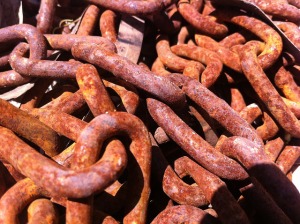 What is it – I wonder – about the autumn that fills me with the urge to set forth on yet another quest – a search for fresh sounds and new (to me, anyway) music?
What is it – I wonder – about the autumn that fills me with the urge to set forth on yet another quest – a search for fresh sounds and new (to me, anyway) music?
I am aware that I have done something similar for the past couple of years – which makes me wonder if this signals an emergent pattern. On each of those previous occasions I felt moved to announce the results of my endeavors upon this very forum. Two years ago I found The Poets of the Fall; last year – Shooglenifty.
It may well be that – as the nights draw in and the world outside my window takes on a greyish (even more greyish than usual!) hue – thoughts turn once again to matters of the soul. The creative focus shifts from the extroversion of spring and summer to the introversion of autumn and winter and the fecundity of the harvest season spills over into my own projects. I have once again taken a few days off over this half term – not only to scour the InterWebNet for inspiration – but also to pursue some songwriting of my own.
With regard to the music of others, however, this quest was triggered – as is so often the case – by an entirely accidental encounter with a previously unknown artifact.
Whilst I can’t exactly claim to be an avid fan of Sarah McLachlan – a distinction that I bestow on very few artistes – I do much admire her voice. I also applaud her good taste in influences. She is apparently a long time fan of Peter Gabriel, as testified by her live recording of a remarkably accurate cover of “Solsbury Hill“. She has also recorded an excellent version of one of my favourite XTC songs – “Dear God” – for the 1995 tribute album “A Testimonial Dinner: The Songs of XTC”. This latter was a particularly brave choice given the subject matter, which further elevates Ms McLachan in my estimation.
It was – however – neither of the above pieces that caught my attention on this occasion.
For reasons that should perhaps be obvious – and which are only marginally embarrassing – I was perusing online a few of the copious tourism videos that promote the fair city of Victoria. A link to one such had recently been forwarded to the Kickass Canada Girl, and the viewing thereof had so moved her – bringing on an acute attack of homesickness – that she was driven to arrange a visit to BC for the end of this November. Fascinated by this effect I investigated further.
The film that I discovered had an unusual soundtrack featuring a really quite hauntingly ethereal song. I did not immediately recognise the tremulous female voice and nor did I know the piece. It took a fair bit of research online to discover that the chanteuse was indeed Ms McLachan and that the song was a rendition of that hoary classic – “Unchained Melody“. I had not recognised it because this was an interpretation like no other – keeping the lyric but jettisoning just about everything else – including the melody itself!
Now – I have to admit that I have never really liked “Unchained Melody” – which I consider to be somewhat overrated. This version – however – I love! Judging by the vitriolic comments that others have posted online concerning Ms McLachan’s efforts I am numbered amongst only a tiny minority in so doing – but it was ever thus. I love the mood – the sounds – the emotion – the effect…
Of course – I now want more. The problem is that this version is stylistically atypical even of the rest of Ms McLachan’s oeuvre – so my search for something equally effecting must continue.
Unless – of course – you know of something…

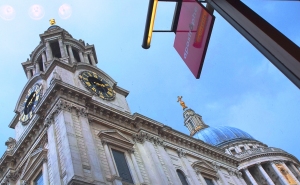
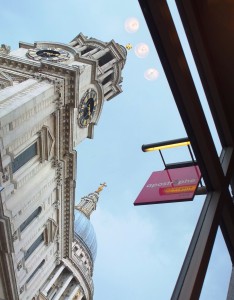
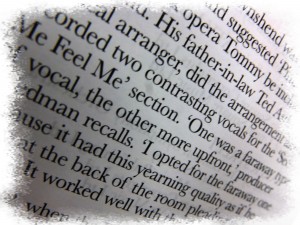
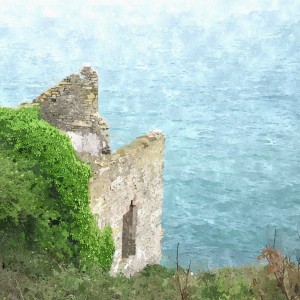
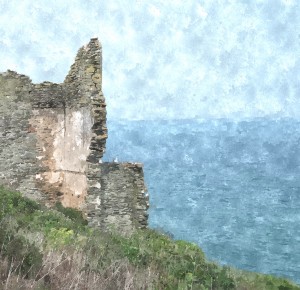
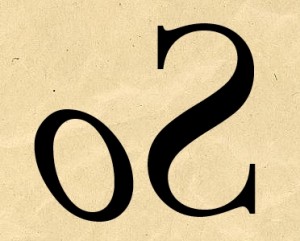
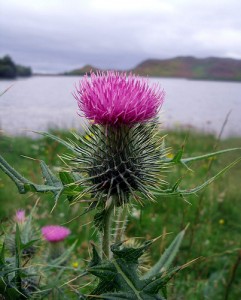

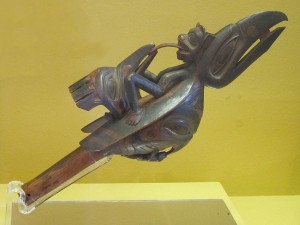
 With the parenthetical pertinence of the fact that this is St David’s Day in mind I will – if I may – expand on the Celtic theme of my last post.
With the parenthetical pertinence of the fact that this is St David’s Day in mind I will – if I may – expand on the Celtic theme of my last post.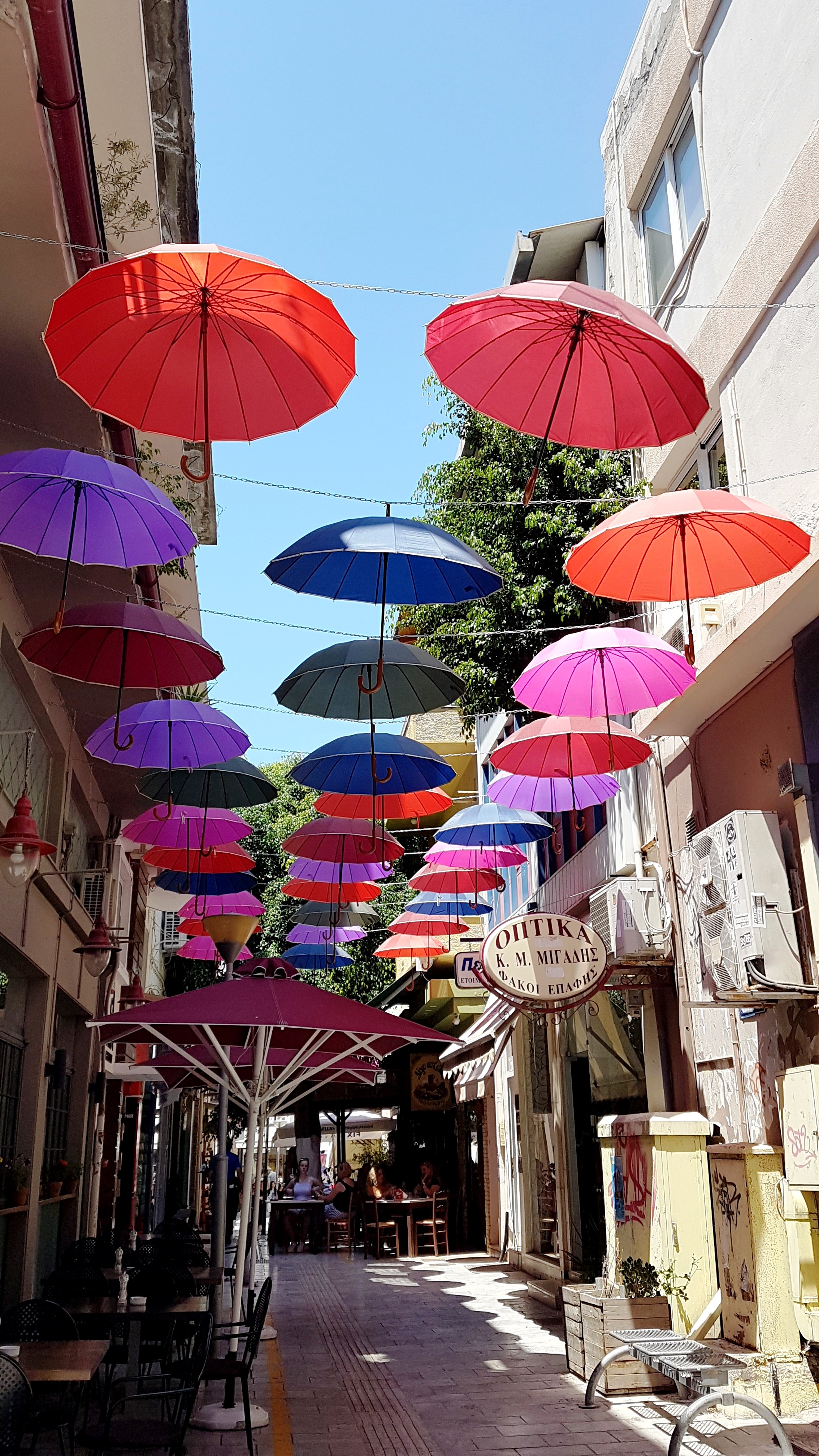


Recent Comments